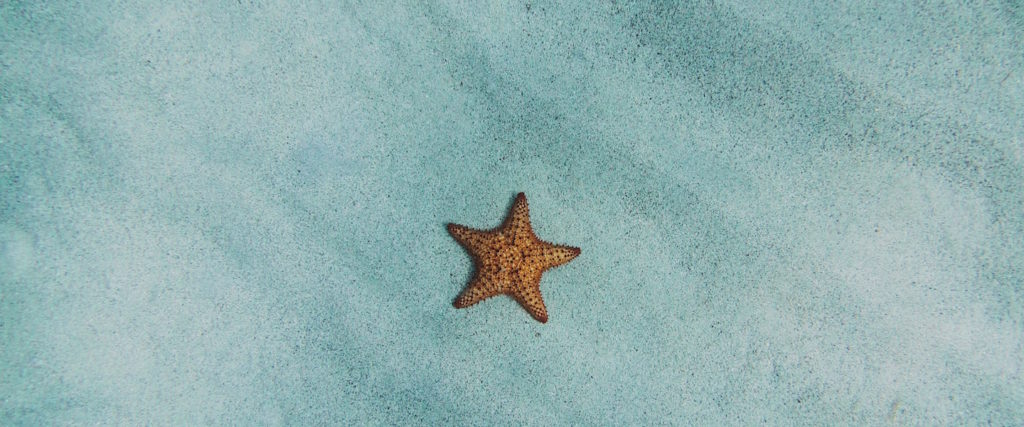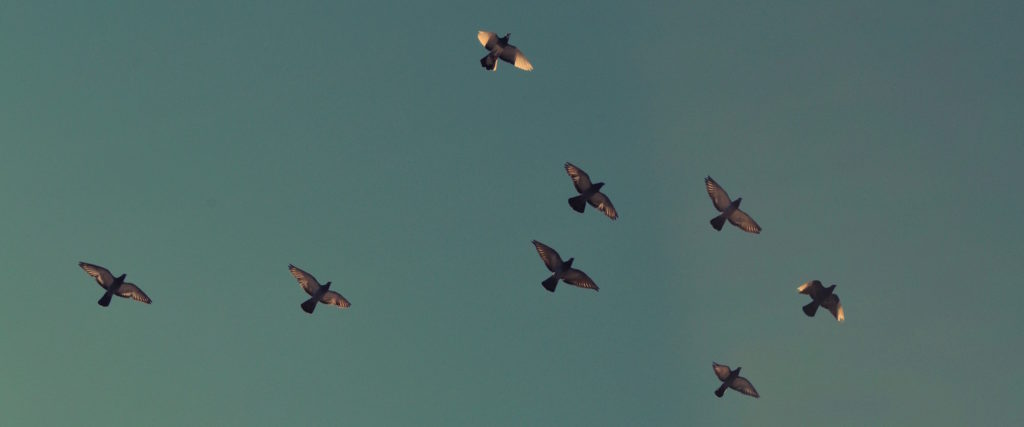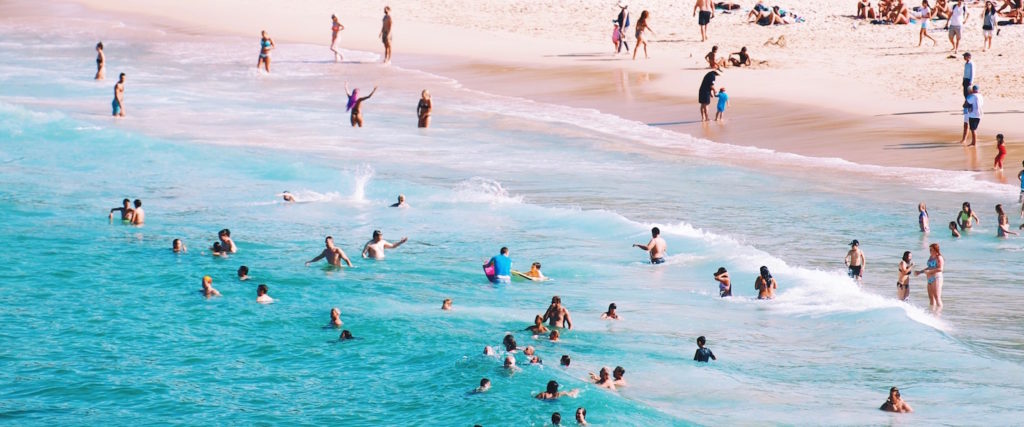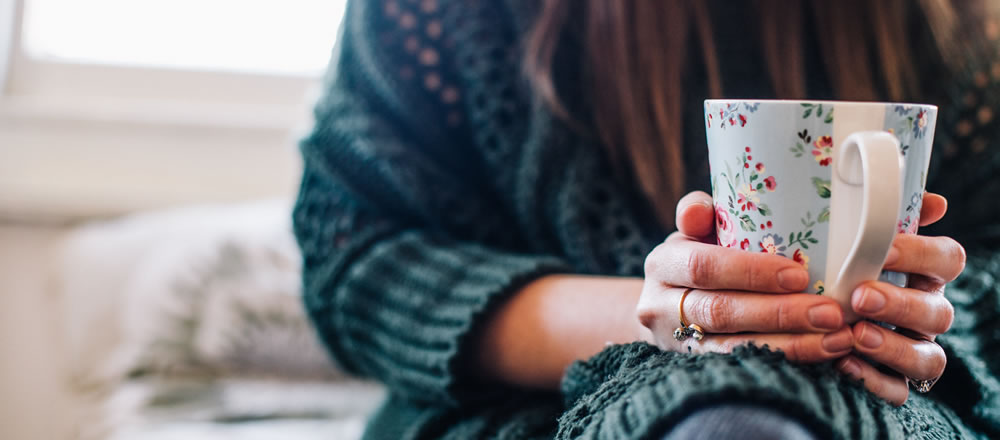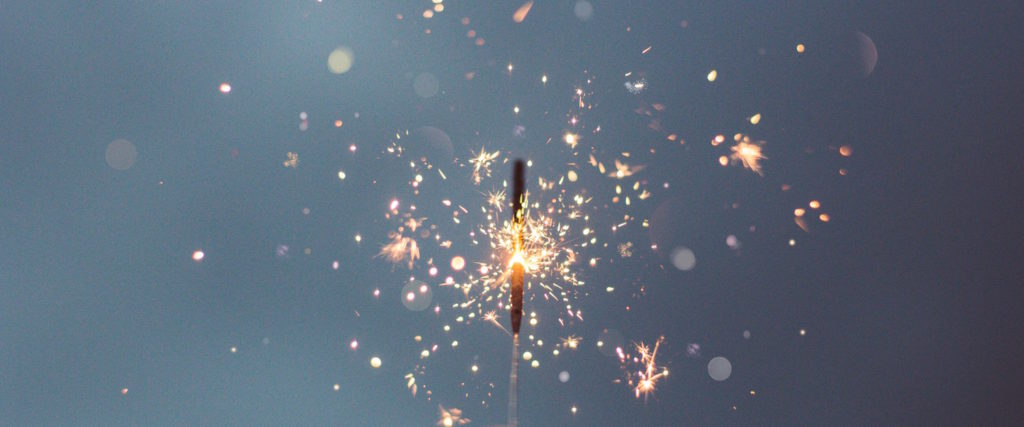When I think of constellations, I always thinks of the children’s nursery rhyme ‘Twinkle, twinkle little star, how I wonder what you are.’ It was a rhyme I loved as a child and still do, as it conjures up delight and allows me to dream of things bigger than myself.
Constellation – “a group of stars forming a recognizable pattern that is traditionally named after its apparent form or identified with a mythological figure” or “a group of associated or similar people or things” (Oxford Lexico, 2021).
All of us are part of a constellation and have constellations around us, relationships of differing kinds – family, friends, intimate partnerships, work teams, interest groups, sporting groups etc. Like all celestial constellations, there are groups or stars that shine bright – some for a long time, some that fade in and out, those that speed brightly across our skies like a comet and are gone in a blaze of light. The one thing these stars and groups have in common is you, the centre of your own constellation.
When coaching people around their creativity, a common theme that arises is “how do I put myself first, how do I have time for my own creative endeavours, time for me?”
Putting yourself first can be a challenge when you are part of a constellation, surrounded by those stars that shine bright and lighten your day, those that ebb and require your sparkle to help them burn more vividly; all those stars that require your time and attention. With all this activity, the question then becomes “But at what cost to your own brightness, to your own creative energy field and endeavours?”
Creating requires time and a commitment to self, to craft, to nurturing and bringing forth your own genius in whatever form that may take. It requires time to dream and indulge your imaginings before sitting down to do the hard yards of actually producing the work – be it a painting, a novel or short story, a photo exhibition, a film, a crochet artwork; the list is endless.
Pulling yourself away from the force field generated by your constellations to create requires strength of purpose. It calls for a broad vision around what you want to focus on and where you want to arrive at the end of the creative journey.
It involves planning and goal setting, making time and finding a place for yourself to work uninterrupted. It entails facing your demons around success and failure, about being good enough and having something to say to the world. In short, it requires work, and a dedication to and belief in self.
To come back to the nursery rhyme, it requires you to actually wonder where you are in relation to your creative journey, your work, your craft. It requires you to fade a little within your constellation and back yourself so you can fully shine and “Twinkle, twinkle little star… like a diamond in the sky.”
Please get in touch if you are looking to shine like a diamond and would like to uncover how best to do this.
REFERENCES:
Oxford Lexico (2021) https://www.lexico.com/definition/constellation
© First published via the Mannaz Journal – reprinted here with permission.
About the Author: Julie Regan
